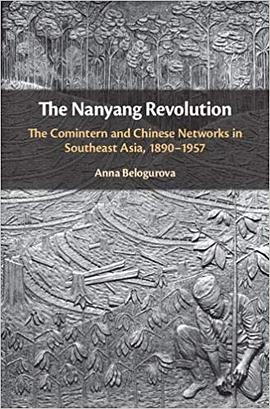The Nanyang Revolution
豆瓣
The Comintern and Chinese Networks in Southeast Asia, 1890–1957
Anna Eduardovna
简介
In this innovative reading the development of the Malayan Communist Party (MCP) is explored in the context of an emerging nationalism in Southeast Asia, the interplay of overseas Chinese networks and the Comintern. Based on extensive new archival material, Anna Belogurova shows how the MCP was shaped by the historical contingencies of anti-imperialism in Southeast Asia, long-term Chinese migration trends, networks, identity, and the organizational practices of the Comintern. This is the story of how a group of left-leaning Chinese migrant intellectuals engaged with global forces to create a relevant and lasting Malayan national identity, providing fresh international perspectives on the history of Malaysia, Chinese communism, the Cold War, and decolonization.
contents
Part I. Revolution in the Nanyang:
1. Prologue: a Durian for Sun Yatsen
2. The global world of Chinese networks in the 1920s: The Chinese Revolution and the liberation of the oppressed Minzu
3. The Nanyang Revolution and the Malayan nation, 1929–1930: nations, migrants, words
Part II. The Comintern, the MCP, and Chinese Networks, 1930–1935:
4. The MCP as a hybrid communist party: structure, discourse, and activity, 1930–1934
5. The Comintern, Malaya, and Chinese networks, 1930–1936
Part III. The GMD, the MCP, and the Nation: Minzu Cultivated, Minzu Lost:
6. Minzu cultivated, 1928–1940
7. Language, power, and the MCP's lost nation, 1939–1940
8. Epilogue.